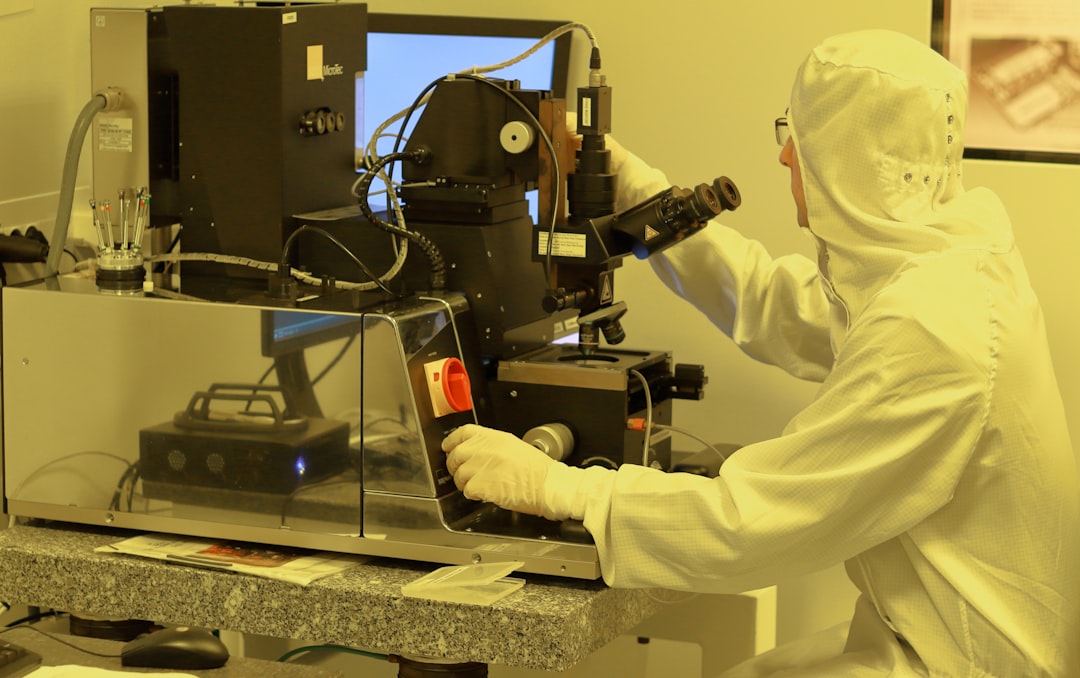What is it about?
A detailed study of some properties of chemically grown gold flakes is presented. A detailed transmission microscopic study revealed the existence of twin planes - errors in atom stacking - along the flake plane. Optical properties were acquired for the first time by ellipsometry - a method to analyze materials by light reflection. This is tedious as the area of the flakes is to small for standard ellipsometry. Finally it was tested, to which thinness flakes can be polished down without loosing their crystallinity. 15 nanometer thick, nearly mono-crystalline optical antennas are feasible.
Featured Image
Why is it important?
Monocrystalline gold flakes are often used as raw material for optical antennas, so it is important to understand them as complete as possible. The existence of twin planes can be important for fabrication, for understanding the flakes growth mechanism or for future understanding of quantum plasmonic effects. Knowing their optical constants is important for numerical simulations.
Read the Original
This page is a summary of: New insights into colloidal gold flakes: structural investigation, micro-ellipsometry and thinning procedure towards ultrathin monocrystalline layers, Nanoscale, January 2016, Royal Society of Chemistry,
DOI: 10.1039/c5nr04439a.
You can read the full text:
Contributors
The following have contributed to this page










